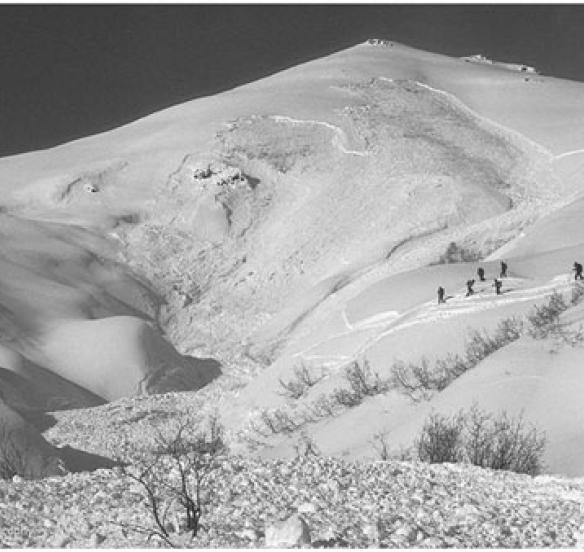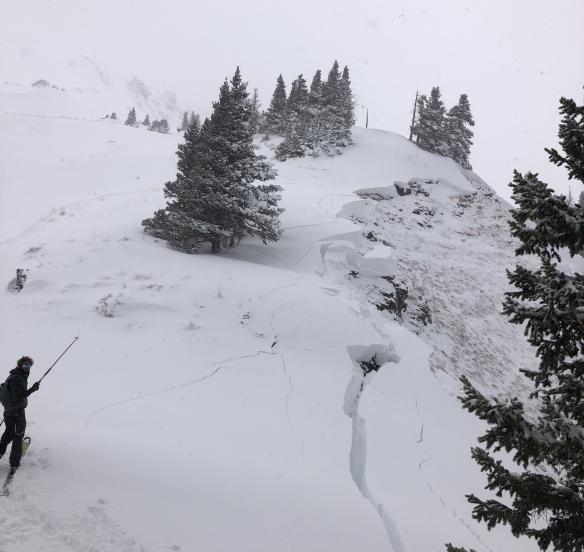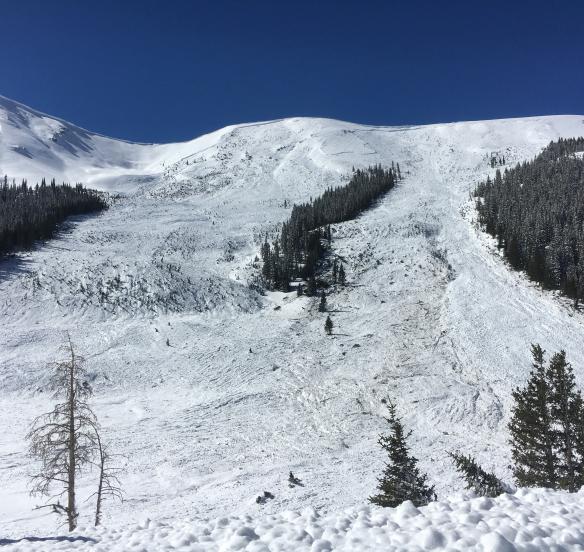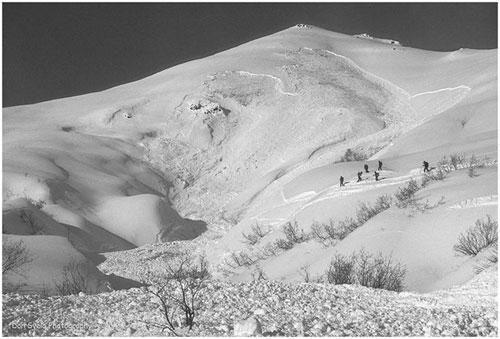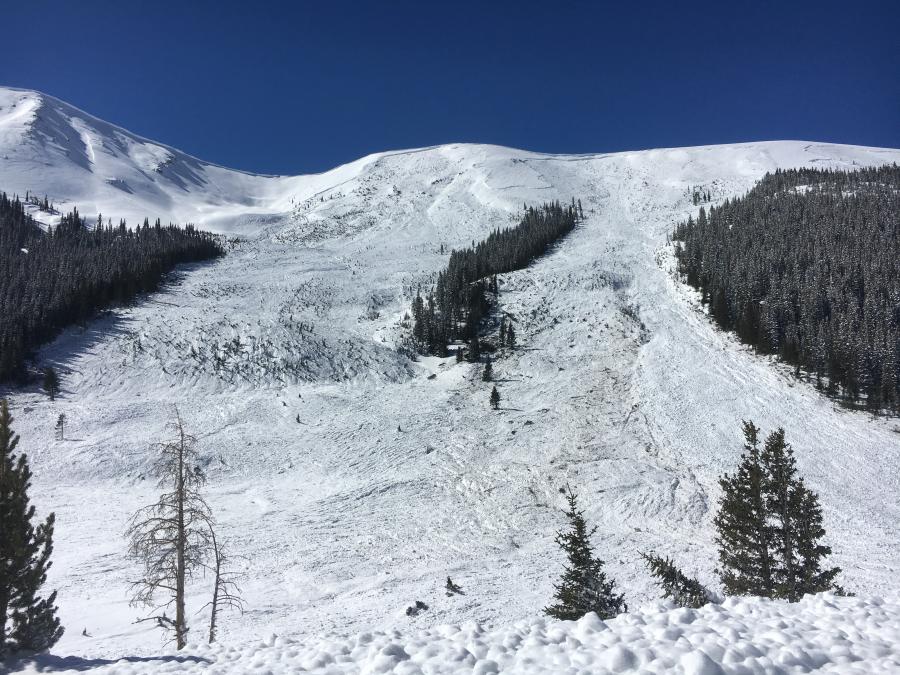Persistent Slab
Release of a cohesive layer of soft to hard snow (a slab) in the middle to upper snowpack, when the bond to an underlying persistent weak layer breaks. Persistent layers include: surface hoar, depth hoar, near-surface facets, or faceted snow. Persistent weak layers can continue to produce avalanches for days, weeks or even months, making them especially dangerous and tricky. As additional snow and wind events build a thicker slab on top of the persistent weak layer, this avalanche problem may develop into a Deep Persistent Slab.
The best way to manage the risk from Persistent Slabs is to make conservative terrain choices. They can be triggered by light loads and weeks after the last storm. The slabs often propagate in surprising and unpredictable ways. This makes this problem difficult to predict and manage and requires a wide safety buffer to handle the uncertainty.
Read about Persistent Slabs in “Decision Making in Avalanche Terrain: a fieldbook for winter backcountry users”.
How They Form
Persistent Slabs form when a persistent weak layer is buried by additional layers of snow. The problem persists after storm and wind slab instabilities have stabilized. The persistent weak layer can cycle through periods of sensitivity from reactive to nonreactive due to changes in weather conditions such as new precipitation, wind loading, strong solar radiation, and/or rapid changes in air temperature.
Where They Are
The spatial distribution of Persistent Slabs is dictated by the distribution of the culprit weak layer. The weak layer distribution is dictated by the weather patterns responsible for its creation. Thus, Persistent Slab distribution can range from widespread across the terrain to very specific terrain features. They can occur at all elevations and in all aspects. Persistent Slabs can be triggered remotely, and on low-angle to steep slopes. Consult the backcountry avalanche forecast to determine where in the terrain this problem exists.
Timing
Persistent Slabs can be a problem during any time of the snowy season. Anytime you have a slab resting over a reactive persistent weak layer, you have a Persistent Slab problem. This problem can develop during the fall and last well into the spring.
Recognition
Persistent Slabs can be distinguished from Storm and Wind Slabs by how the fracture lines fail in the terrain. Unlike storm instabilities, Persistent Slabs are commonly triggered remotely, from flat areas, and failures can propagate across terrain features like ridges, ribs, and gullies. It is possible to have a Persistent Slab problem that is susceptible to human triggering but does not produce many spontaneous avalanches. The lack of avalanche activity does not always indicate the absence of a Persistent Slab problem. You can look for persistent weak layers in snow profiles, and perform snowpack tests to gauge the sensitivity and distribution of a Persistent Slab problem. Consult the backcountry avalanche forecast to determine where in the terrain this problem exists.
Treatment and Avoidance
Persistent Slabs can be triggered by light loads and weeks after the last storm. They are commonly triggered remotely and they often propagate across and beyond terrain features that would otherwise confine wind and storm slabs. Failures often propagate in surprising and unpredictable ways. This makes this problem difficult to predict and manage and requires a wide safety buffer to handle the uncertainty. Intimate slope-scale knowledge and tracking of culprit persistent weak layers and avalanche activity over space and time will aid in assessing the severity and extent of this problem. The best way to manage the risk from Persistent Slabs is to make conservative terrain choices.

